Minecraft (2009) Game Icons and Banners: A Comprehensive
Minecraft (2009) Game Icons and Banners: A Comprehensive Guide
Introduction to Minecraft (2009)
Minecraft (2009) Game Icons and Banners: by Mojang Studios and later acquired by Microsoft, is one of the most iconic sandbox video games in history. Designed by Markus Persson, the game quickly rose to global popularity due to its innovative blend of survival, crafting, and open-world exploration. Minecraft’s distinctive blocky aesthetic, endless possibilities for creativity, and an engaging multiplayer experience have attracted millions of players worldwide.
One of the most fascinating aspects of Minecraft is its customizable elements, especially its game icons and banners. These visual elements allow players to personalize their gameplay experience and reflect the unique creativity that defines Minecraft. This article delves into the history, use, and significance of game icons and banners in Minecraft, with tips on how to create, customize, and use them effectively.
The Evolution of Minecraft Game Icons
Game icons play a crucial role in the Minecraft experience, representing everything from items in your inventory to achievements and more. Over the years, these icons have evolved, growing more detailed while maintaining the characteristic pixelated look that Minecraft is known for.
The Early Days (2009)
When Minecraft was first released in 2009, the game featured simple, rudimentary icons. Early icons represented basic items like pickaxes, swords, and food, often in minimal color palettes. Despite their simplicity, these icons became instantly recognizable to players, symbolizing essential elements of gameplay such as mining and crafting.
Modern Icons and Improvements
As Minecraft grew, so did its collection of icons. Updates such as the Adventure Update in 2011 and the Village & Pillage Update in 2019 introduced more complex icons, representing an expanding array of tools, blocks, and creatures. For example, new game icons like enchanted weapons, rare ores, and custom blocks were introduced. Today, Minecraft’s iconography encompasses a wide range of items from potions to Elytra wings, making the inventory system both functional and visually appealing.
The Significance of Icons in Minecraft
Icons in Minecraft aren’t just decorative; they serve practical purposes, enhancing the player’s ability to navigate the game. Whether it’s through the quick identification of items or signaling important events in the game, icons offer players vital information at a glance.
Inventory Management
The simplicity of Minecraft’s item icons allows players to manage their inventory easily. For example, seeing the icon for a diamond pickaxe instantly tells players they can mine obsidian, a task that cannot be completed with a lesser tool.
Achievements and Progress Tracking
In addition to in-game items, Minecraft has achievement icons that indicate player progress. These achievements often have unique icons tied to specific actions, like building a crafting table or defeating the Ender Dragon. The achievement icons encourage players to pursue objectives and unlock rewards, adding another layer of motivation to the game.
Minecraft Banners: Creativity Unleashed
Banners are one of the most exciting customization features in Minecraft, allowing players to craft decorative flags that can be placed in the game world. Introduced in version 1.8, banners provide endless possibilities for creative expression through a combination of colors, patterns, and designs.
Crafting Banners
Crafting a banner in Minecraft is straightforward but offers incredible depth in terms of design. To create a banner, players need six pieces of wool (all the same color) and a stick. This combination produces a blank canvas on which the player can apply various patterns using a loom and different dyes.
Customizing Banners with Patterns and Colors
Minecraft banners can be customized with patterns made from dyes, including stripes, crosses, borders, and more intricate symbols. Up to six different layers of patterns can be applied to a single banner, resulting in complex designs. The key to creating unique banners lies in combining patterns effectively, such as applying a Creeper Charge to create a Creeper face icon or a Skull Charge to incorporate a skull design.
In addition to patterns, banners can be dyed in 16 different colors, allowing for endless variations. Players can use primary colors or mix and match dyes to create their desired color scheme. This level of customization makes banners one of the most sought-after elements for Minecraft players looking to personalize their worlds.
Using Banners in Minecraft
Banners aren’t just decorative—they have multiple uses that enhance gameplay. Here are some ways players utilize banners in their Minecraft experience:
Base and Territory Marking
Players often use banners to mark their base or territory in multiplayer worlds. With the ability to customize banners with clan or team colors, they serve as visual representations of different factions in the game. Banners can be placed on walls, shields, and even armor, making them a key tool for expressing individuality and ownership in the game world.
Mapping with Banners
Banners can be linked to maps, making them a handy tool for navigation. By placing a banner in the world and right-clicking it with a map, the banner’s icon appears on the map, helping players find their way back to important locations like bases or landmarks. This feature is particularly useful for players exploring vast areas or working on large projects.
Shield Customization
Another exciting feature of banners is their ability to be applied to shields. Players can combine a shield with a banner to add the banner’s design to their shield, allowing them to carry personalized symbols into battle. This creates a more immersive experience in combat and adds flair to the player’s armor set.
Iconic Minecraft Banner Designs
Over the years, Minecraft players have shared countless banner designs that have become iconic in the community. Here are some popular designs that stand out:
1. Creeper Face Banner
The Creeper Face Banner is one of the most recognizable banners in Minecraft. Using a Creeper Charge pattern, players can create a banner with the face of one of the game’s most infamous mobs.
2. Skull Banner
For a more intimidating design, players can use the Skull Charge pattern to create a banner featuring a skull. This design is popular among players who want to convey power or danger.
3. Dragon Banner
After defeating the Ender Dragon, players can commemorate the achievement by creating banners with dragon-themed patterns. These banners often feature a combination of dark colors and bold, aggressive symbols.
4. Country Flags
Many players take inspiration from real-world flags when creating banners. From simple tricolor designs to intricate national emblems, Minecraft allows for creative reinterpretations of flags from around the globe.
5. Gradient and Fade Effects
Some players prefer more abstract designs, using gradient and fade patterns to create visually stunning banners. These designs can range from smooth transitions between colors to dramatic contrasts, adding depth and complexity to the banner.
SEO Optimized Minecraft Banners and Icons: Tips for Content Creators
If you’re a content creator, Minecraft banners and icons can offer exciting opportunities to engage with your audience. Here are some SEO-optimized tips to help you create content around Minecraft’s icons and banners:
1. Create Tutorials for Crafting Banners
Tutorials are one of the most searched-for types of content in the Minecraft community. You can create a step-by-step guide on how to craft banners, including specific patterns and designs. By targeting keywords like “how to craft Minecraft banners” and “Minecraft banner patterns,” you can attract a wide audience.
2. Showcase Unique Banner Designs
Players are always looking for inspiration for their in-game designs. By showcasing unique banner designs and explaining how to replicate them, you can provide valuable content to your audience. Including long-tail keywords like “best Minecraft banner designs” or “creative Minecraft banners” can help you rank higher in search results.
3. Offer Downloadable Resources
Providing downloadable templates or mods related to Minecraft (2009) Game Icons and Banners can also drive traffic to your content. Use keywords like “Minecraft icon pack download” or “custom Minecraft banners” to attract users looking for customization options.
4. Discuss the History and Evolution of Icons
For more in-depth content, consider writing about the history and evolution of Minecraft’s game icons. By analyzing how icons have changed over time and their role in the game, you can create engaging and informative articles for players interested in the game’s development.
Conclusion
Minecraft (2009) Game Icons and Banners : are essential elements that define the game’s visual identity. From the early, simplistic icons of 2009 to the complex designs available today, these graphical elements enhance gameplay, providing both practical benefits and opportunities for personalization. Banners, in particular, offer limitless creative potential, allowing players to express themselves in a way that truly reflects their style and accomplishments.
By understanding the significance of Minecraft’s icons and banners, players can enrich their gaming experience, and content creators can harness these elements to produce engaging, SEO-optimized content that resonates with the Minecraft community. Whether you’re marking your territory in a multiplayer world or crafting a unique banner for your base, the possibilities are endless in the blocky, pixelated universe of Minecraft.
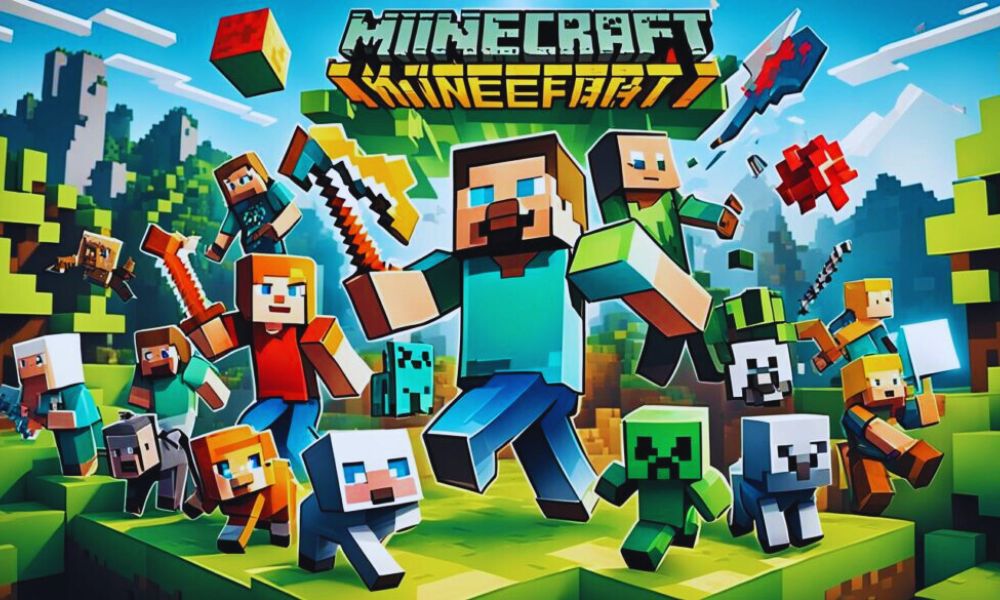
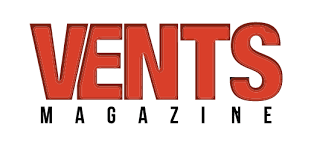
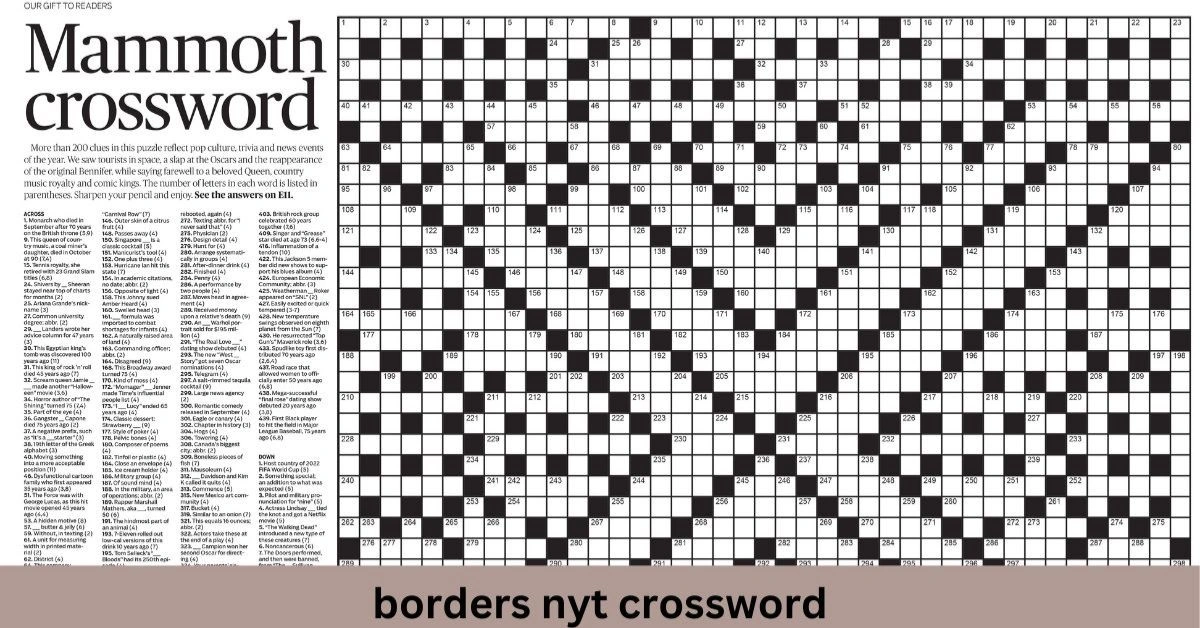
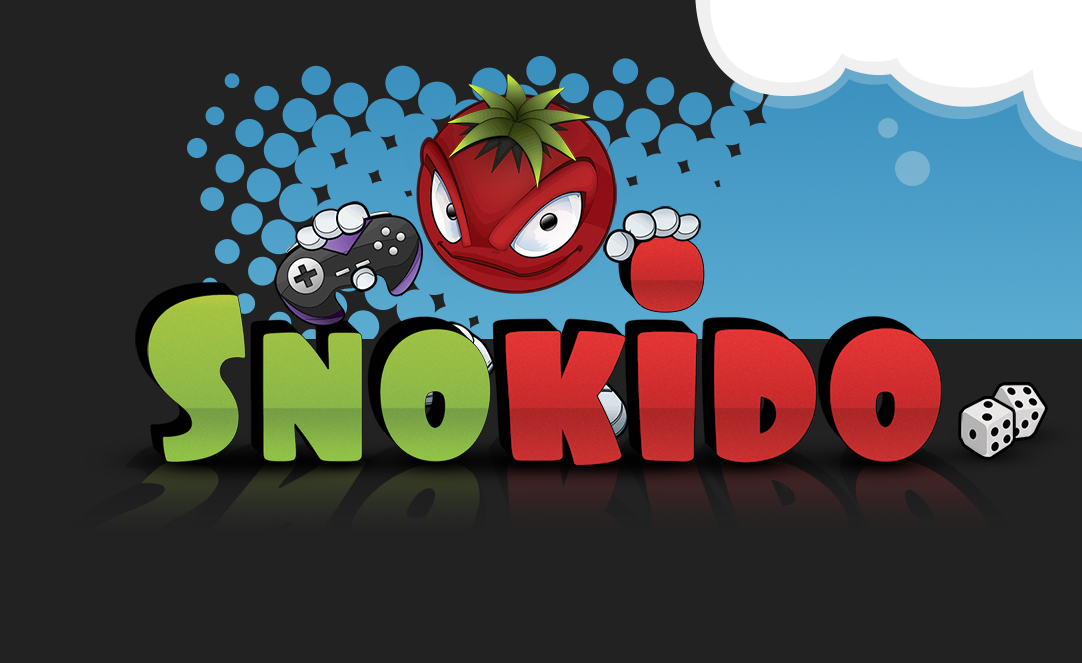

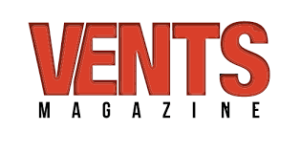




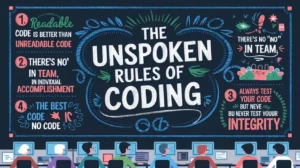

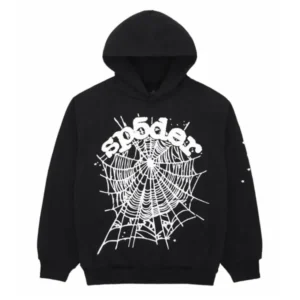
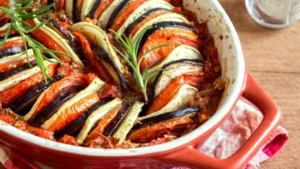
Post Comment